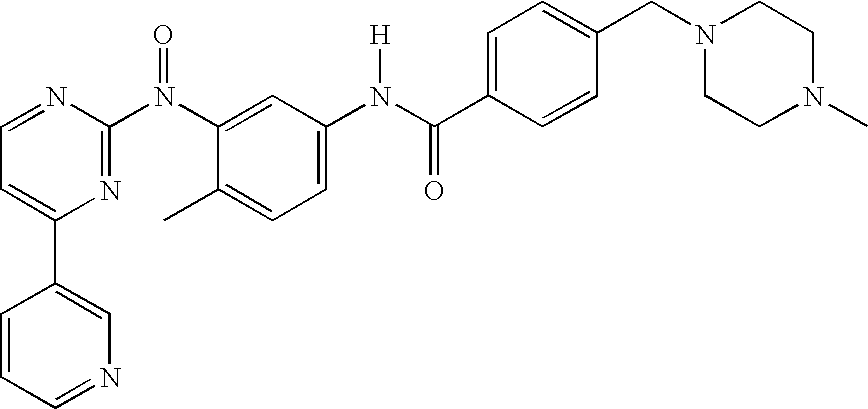Therapy for neurological diseases
a neurological disease and therapy technology, applied in the field of neurological diseases, can solve the problems of focal sensory deficit, accumulation of various neurological disabilities, tissue atrophy,
- Summary
- Abstract
- Description
- Claims
- Application Information
AI Technical Summary
Benefits of technology
Problems solved by technology
Method used
Image
Examples
example 1
Materials and Methods
1.1 Collections of Patients and DNA Banking—Subjects
[0159]The study comprised three collections of unrelated patients with multiple sclerosis (MS) and unrelated healthy controls recruited from the neurological Department of Rennes (France: 314 cases; 353 controls), Huddinge (Sweden: 279 cases; 301 controls) hospitals and SeraCare (USA: 289 cases; 289 controls). Table 1 provides a summary for the description and stratification study of the different collections.
[0160]Informed consent was given by each individual participating in the study, according to the Helsinki Convention (1964).
[0161]The following variables were recorded for each patient: sex, ethnic background, family history with regards to MS, diagnostic category, disease course, age at disease onset, results of cerebrospinal fluid (CSF) and Magnetic Resonance Imaging (MRI) examination, Expanded Disability Status scale (EDSS) score and disease duration at last inter-relapse clinical examination.
[0162]Dise...
example 2
[0225]The baculovirus donor vector pFbacG01 (GIIBCO) is used to generate a recombinant baculovirus that expresses the amino acid region amino acids 544-976 of the cytoplasmic kinase domains of human c-Kit. The coding sequences for the cytoplasmic domain of c-Kit is amplified by PCR from a human uterus c-DNA library (Clontech). The amplified DNA fragment and the pFbacG01 vector are made compatible for ligation by digestion with BamHI and EcoRI. Ligation of these DNA fragments results in the baculovirus donor plasmid c-Kit. The production of the viruses, the expression of proteins in Sf9 cells and the purification of the GST-fused proteins are performed as follows: Production of virus: Transfer vector (pFbacG01-c-Kit) containing the c-Kit kinase domain is transfected into the DH10Bac cell line (GIBCO) and the transfected cells are plated on selective agar plates. Colonies without insertion of the fusion sequence into the viral genome (carried by the bacteria) are blu...
example 3
[0228]Utility of the c-kit inhibitors and the combinations treatments in treating demyelinating diseases, e.g. multiple sclerosis or Guillain-Barre syndrome as hereinabove specified, may be demonstrated in animal test methods, for example in accordance with the methods hereinafter described. The most widely used animal model for multiple sclerosis is Experimental Autoimmune Encephalomyelitis (EAE), based on shared histopathological and clinical features with the human disease:
[0229]The chronic EAE model in C57BY6 mice shares some common traits with the primary progressive (PP) or secondary progressive (SP) forms of MS. Mice are immunized in both flanks at day 0 and day 7 with 200 μg s.c. of myelin oligodendrocyte glycoprotein (MOG) in Complete Freund's Adjuvant (CFA) and followed by two injections (on day 0 and day 2) with 500 ng i.p. of B. pertussis toxin.
[0230]Groups are composed of 10 to 13 EAE mice. Clinical scores, overall health status, body weight and morta...
PUM
| Property | Measurement | Unit |
|---|---|---|
| Composition | aaaaa | aaaaa |
| Selectivity | aaaaa | aaaaa |
Abstract
Description
Claims
Application Information
 Login to View More
Login to View More - R&D
- Intellectual Property
- Life Sciences
- Materials
- Tech Scout
- Unparalleled Data Quality
- Higher Quality Content
- 60% Fewer Hallucinations
Browse by: Latest US Patents, China's latest patents, Technical Efficacy Thesaurus, Application Domain, Technology Topic, Popular Technical Reports.
© 2025 PatSnap. All rights reserved.Legal|Privacy policy|Modern Slavery Act Transparency Statement|Sitemap|About US| Contact US: help@patsnap.com



